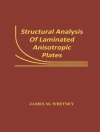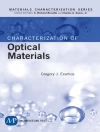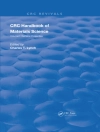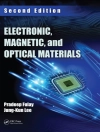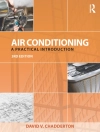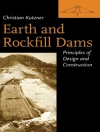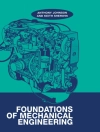This book describes the design experience of automatic machines and the theoretical background for controlling them. Unlike the existing literature, it includes design concepts and their relationship with the dynamic behavior of automated devices, and links the dynamic response of the machine elements with the actuators that constitute an automatic machine. As such, it demonstrates that it is vital to properly model any automatic machine as a single system and find the final response to have a good design and control scheme. The introduction describes the background for designing automatic machines, their uniqueness in machine design, and the need to understand dynamic behavior. The following chapters provide the background for modeling multibody systems, examples of typical automatic machines, and the basis for determining the dynamic response of the most common actuators (motor, pneumatic, and hydraulic pistons and valves). The fourth chapter describes the dynamic response of the most common sensors utilized in automatic machines, while the fifth chapter includes the dynamic models of the machine elements that connect the actuators with the end effects (specific tools for each particular application). The final chapters contain examples of dynamic models for different automatic machines, including all the elements that affect the final response, and describe the simulation techniques (and their application to the examples) and the application of the transfer function for estimating the transient response of automatic machines.
İçerik tablosu
1.Introduction.- 2.Multibody Dynamics.- 3.Actuators.- 4.Sensors.- 5 Dynamic Models of Machine Elements.- 6 Dynamic Response of Mix Systems.- 7. Transfer Function.- 8. Simulation.
Yazar hakkında
Juan Carlos Jauregui-Correa (Ph D)
After more than 30 years of experience, Dr. Jauregui has demonstrated the effectiveness of designing automated machines for improving life. The philosophy behind his work is finding processes that reduce wasting time, energy, and materials. Most of his developments are installed in different manufacturing companies in Mexico and abroad; they include simple devices up to high-precision multifunctional equipment. One of the most significant development was the robot for positioning the secondary mirror of the Large Millimeter Telescope (located in the State of Puebla in Mexico). For the automobile industry, he developed precise automated machines for a specific process, combining the technical requirements with the inclusion of low-cost labor operators. The design concepts improved productivity and product quality, keeping the global market competition. One of the strengths of his work was the ability to create project management strategies that ensured the design specification’s accomplishment in time and fulfilled the user’s expectations. The technology developed in the design of the tailor-made automatic machines was promoted in different forums, publications, and open discussions with colleges worldwide.
He also has worked in designing and operating wind turbines and solar concentrators. The wind turbines are installed at Universidad Autonoma de Queretaro and have a double purpose: being a research laboratory and a training facility for young engineers. The design of the wind turbines was the basis for graduating Ph.D. students in many topics around this equipment. It also contributed to international collaboration with universities in the USA. The technology developed with these machines covers areas such as aerodynamics, structural design, component design, speed control, integration to the grid, and Conditioning Monitoring, among others.
From a theoretical point of view, Dr. Jauregui has worked on developingmonitoring systems based on vibration measurements. His primary interest is in interpreting the vibration signals for predicting the remaining life of mechanical systems. He has studied different signal analysis techniques, such as the Continuous Wavelet Transform, the Hilbert-Huan Transform, the space domain, and statistical methods, such as the Hurst coefficient and the Approximate Entropy. His research on these topics has been published in journals, conference proceedings, and books. This work backed up his students’ graduate thesis and was the research topic for international cooperation with universities in Hungary and Italy.
His research work granted some of his distinctions, such as the highest level among the National Research System (Mexico). He chaired the Technical Committee for Vibrations at IFTo MM and is currently a member of its Executive Committee. He is a Fellow Member of ASME and chairs the Technical Committee of Wind Energy at the International Gas Turbine Institute (ASME). He is also a senior member of the IEEE. He has been the President of the Mechanical Chapter of the National Engineering Academy (Mexico) and a founder member of the Mexican Society of Mechanical Engineering.
He works to educate future engineers from a holistic perspective. He is looking for future work that will contribute to reducing the social differences around the world and ensure that the natural resources will be there for the next generations.


